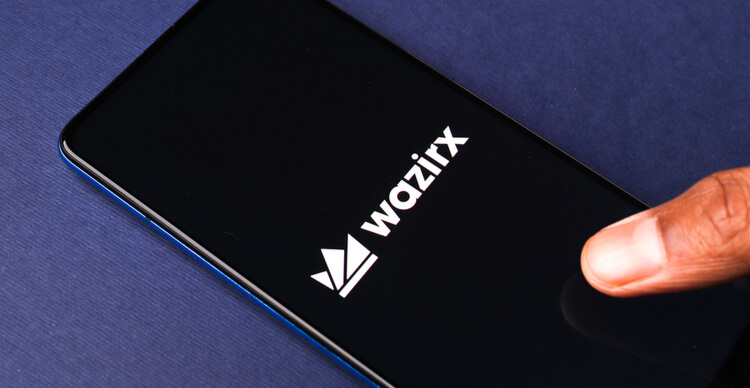OMG platform was founded by a payment processing company called Omise, which uses the OMG digital currency to change and facilitate the storage and exchange of assets by electronic wallets. Therefore, this platform has created a second-layer scalability solution for transferring value over the Ethereum network.
Omisgo Digital Currency is the slogan “Make people with bank accounts without bank accounts!” Has adopted for itself. It aims to create financial services for everyone in the world so that the traditional banking system is no longer needed.
The goal of the OmiseGo platform is to create a platform that is ideal and capable of conducting all kinds of financial transactions so that people around the world, including developing countries, do not need traditional banking services.
The platform was designed by Joseph Poon, the Lightning and Plasma Network creator. It was supported by Vitalik Buterin and Gavin Wood, owners of Ethereum.
OMG Network history
Most blockchain ecosystems often suffer from a lack of throughput, high and unpredictable fees, and poor user experience. The Omisgo project team believes that such problems need to be addressed so that real businesses can accept blockchain technology as a practical strategy. They created the Omisgo or OMG digital currency.
In 2013, Jun Hasegawa and Donnie Harinsut, two co-founders of Omise, registered and launched the OmiseGO platform in Bangkok, Thailand; That is why the Bank of Thailand and the Ministry of Finance support it.
The value of assets sold in the ICO of this project in 2017 was $ 25 million and then reached $ 100 million. The market value of Omisgo digital currency reached $ 2 billion. It was the third-highest digital currency for a while.
Omisgo’s digital currency development, the 2017 Thai Electronics Company of the Year award and other successes have attracted large investors and sponsors such as Alipay, McDonald’s, and Minor International to Omisgo.
What is OMG Network?
The OMG network, formerly OmiseGo, is a decentralized payment and exchange platform in the Ethereum blockchain. The network was created by Omise, a popular payment processor in Southeast Asia. It aims to solve a long-term trivial scalability solution that allows users to process transactions faster and cheaper.
Due to Ethereum’s slow processing time and high gas fees, OMG has developed a new solution that uses plasma, a side-chain network, to move transactions out of the chain to group them into a batch, which can be removed Approved as a unit. While this solution in itself creates problems, the developers say it could significantly increase Ethereum transaction speeds and potentially process more than 1,000 transactions per second.
The OMG network uses a stock-proof consensus model to validate transactions. Users receive OMG and consider them in the credit of the blocks to be added. As a reward for validating blocks, they receive a percentage of the transaction fee on the network.
How does the OMG network work?
The OMG network, as mentioned earlier, relies on a plasma framework that uses an upgraded type of plasma called the More Viable Plasma, or MoreVP, in its most straightforward language. MoreVP implements a single blockchain generator called the Proof of Authority (PoA) chain, which allows the network to create a value transfer layer above Ethereum.
On the other hand, the POA chain is responsible for packing Ethereum transactions and validating them through an optimized child speed before sending them back to the Ethereum blockchain for approval and finalization.
However, the consequence of the above is that transactions are validated as batches rather than individually, unlike the model used by the base layer blockchain, thus reducing transaction costs and increasing transaction throughput.
In addition, since the OMG network is primarily provided for high throughput and reduced transaction costs, it is supported by a security model provided by Ethereum alongside a network of monitoring nodes.
In general, the OMG network comprises three interconnected main components that ensure the security of transactions and, ultimately, transparency. Smart OMG network contracts are at the top of the list and provide an interface for entering and exiting the network.
The second component, the Child Chain Application, run by the network’s core team, is responsible for packing transactions for validation and publishing them in smart contracts, which are then transferred to the base layer for completion.
Finally, there is the monitoring program, which means that monitoring nodes are tasked with viewing the Child Chain program and serving as a second security protocol and the one provided by the base layer. This is a set of nodes to report any network abuse that may endanger subscribers.





